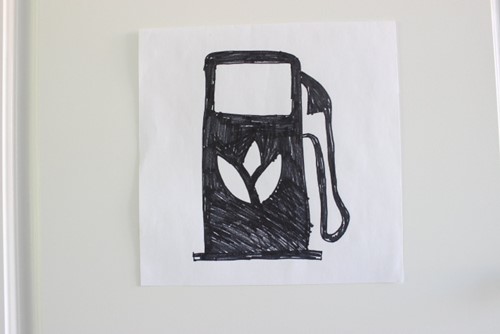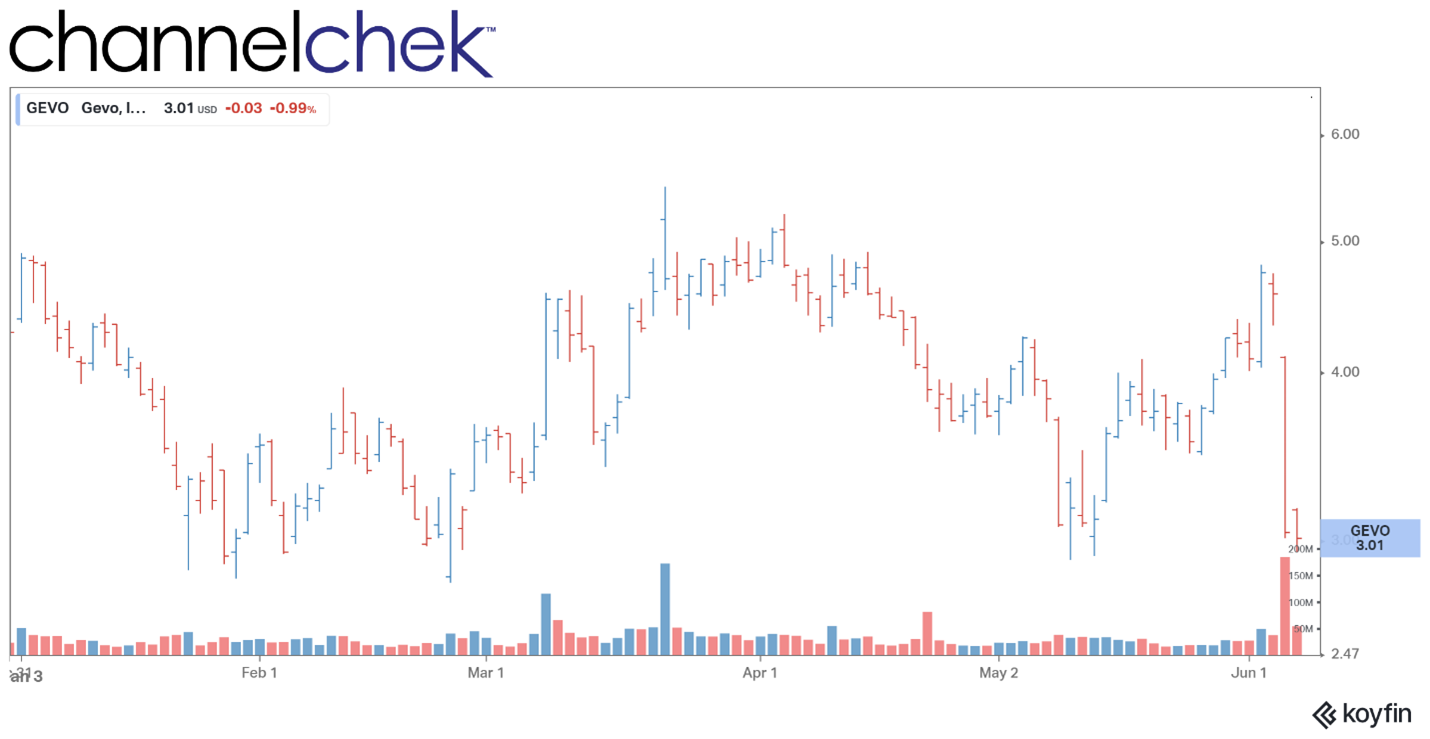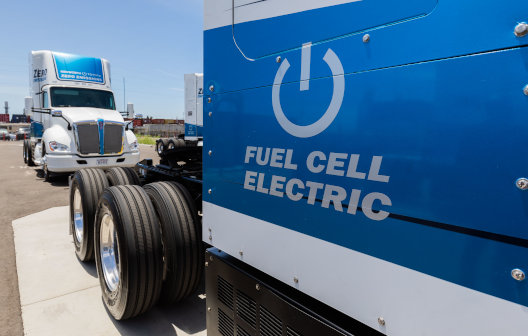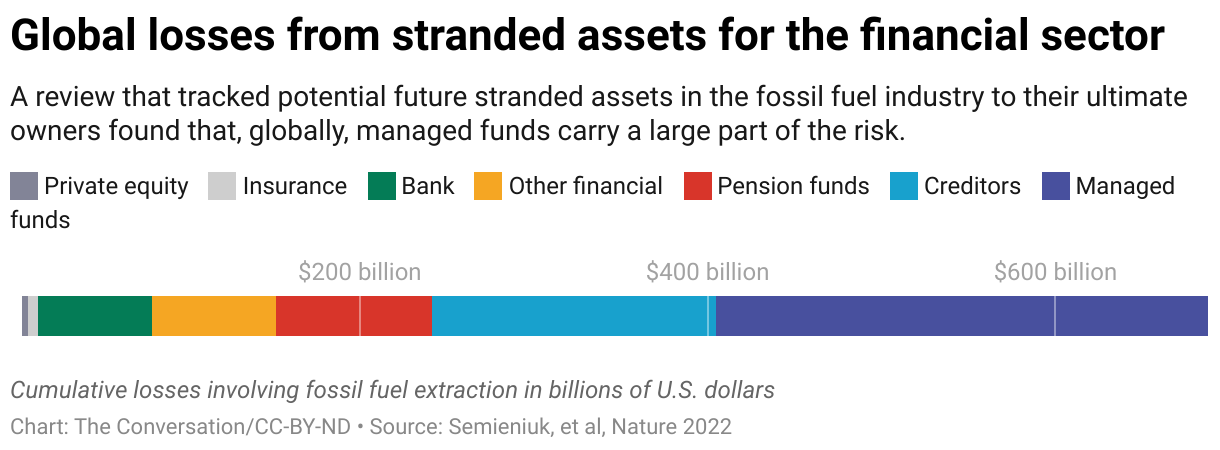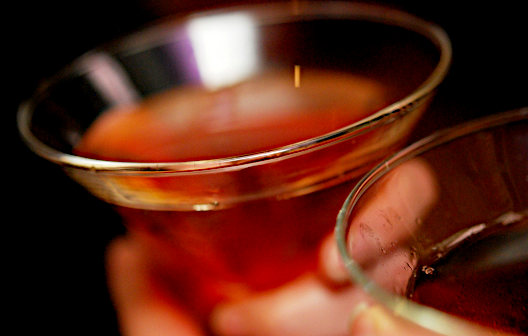
Alvopetro Announces May 2022 Sales Volumes and Operational Update
Research, News, and Market Data on Alvopetro Energy
Jun 06, 2022
CALGARY, AB, June 6, 2022 /CNW/ – Alvopetro Energy Ltd. (TSXV: ALV) (OTCQX: ALVOF) announces May sales volumes of 2,111 boepd, including natural gas sales of 12.1 MMcfpd, associated natural gas liquids sales from condensate of 81 bopd and oil sales of 9 bopd, based on field estimates. At the end of May, we completed a five-day shutdown of our production to complete all the necessary advance work for our Caburé gas processing facility expansion resulting in lower overall production in May compared to prior months. At the same time, we completed the plant turnaround and inspection work required by Brazilian regulations every three years, to avoid any downtime later in 2022. All work was completed ahead of schedule and production resumed without issue. Based on field estimates, our production averaged 2,494 boepd during the first five days of June, consistent with production levels prior to the shutdown. The gas plant expansion is on schedule to be completed in early July and all the equipment for the expansion can now be installed efficiently without interrupting production. Following the expansion, our available processing capacity is expected to increase by 25% to at least 500,000 cubic metres per day (18 MMcfpd).
Operational Update
In April, we completed drilling our 182-C1 well on Block 182 and, based on open-hole wireline logs, the well discovered 25 metres of potential net natural gas pay in the Agua Grande formation with an average 34% water saturation and average porosity of 8.2%. The 182-C1 well encountered net pay in the Agua Grande Formation but the well crossed the bounding fault before reaching the secondary target in the Sergi Formation. We plan to commence testing the well near the end of June to assess productive capability and define a field development plan.
On June 5, 2022, following required rig maintenance, we spud our second 2022 exploration well (183-B1) on the fault block immediately east to our 182-C1 discovery. The 183-B1 location is also a multi-zone pre-rift prospect targeting both the Agua Grande and Sergi Formations. Our independent reserve evaluator (GLJ Ltd.) assessed the 183-B1 prospect and assigned prospective resource of:
|
|
Gross Lease Unrisked
Prospective Resources
(MBOE)
|
Gross Lease Risked
Prospective Resources
(MBOE)
|
|
Prospect
|
|
|
|
Low Est.
|
Best Est.
|
High Est.
|
Low Est.
|
Best Est.
|
High Est.
|
|
Block 183 – B1 Prospect
|
|
|
|
2,065
|
5,901
|
13,429
|
901
|
2,574
|
5,859
|
|
|
|
|
|
|
|
|
|
|
|
The 183-B1 well is expected to take approximately 44 days to drill. After this well, we plan to drill the follow-up well on Block 182 to: 1) test the lateral extent of our 182-C1 Agua Grande discovery; 2) assess Agua Grande porosity further away from the bounding fault; and 3) target the Sergi Formation further east from the bounding fault.
On our Murucututu project, we have completed construction of the pipeline to connect the 183(1) well to our Caburé pipeline and are in the final stages of construction of our field production facilities. We expect our 183(1) well to be on production in July.
Corporate Presentation
Alvopetro’s updated corporate presentation is available on our website at: http://www.alvopetro.com/corporate-presentation.
Social Media
Follow Alvopetro on our social media channels at the following links:
Twitter – https://twitter.com/AlvopetroEnergy Instagram –
https://www.instagram.com/alvopetro/ LinkedIn –
https://www.linkedin.com/company/alvopetro-energy-ltd YouTube: https://www.youtube.com/channel/UCgDn_igrQgdlj-maR6fWB0w
Alvopetro Energy Ltd.’s vision is to become a
leading independent upstream and midstream operator in Brazil. Our
strategy is to unlock the on-shore natural gas potential in the state of Bahia
in Brazil,
building off the development of our Caburé natural gas field and our strategic
midstream infrastructure.
Neither the TSX Venture Exchange nor its Regulation Services
Provider (as that term is defined in the policies of the TSX Venture Exchange)
accepts responsibility for the adequacy or accuracy of this news release.
All amounts contained in this new release are in United States dollars,
unless otherwise stated and all tabular amounts are in thousands of United States dollars,
except as otherwise noted.
Abbreviations:
boepd
=
barrels of oil equivalent (“boe”) per daybopd
=
barrels of oil and/or natural gas liquids (condensate) per dayMBOE
=
thousands of barrels of oil equivalentMMcf
=
million cubic feetMMcfpd
=
million cubic feet per day
BOE Disclosure. The term barrels of oil
equivalent (“boe”) may be misleading, particularly if used in
isolation. A boe conversion ratio of six thousand cubic feet per barrel
(6Mcf/bbl) of natural gas to barrels of oil equivalence is based on an energy
equivalency conversion method primarily applicable at the burner tip and does
not represent a value equivalency at the wellhead. All boe conversions in this
news release are derived from converting gas to oil in the ratio mix of six
thousand cubic feet of gas to one barrel of oil.
Forward-Looking Statements and Cautionary Language. This
news release contains forward-looking information within the meaning of
applicable securities laws. The use of any of the words “will”,
“expect”, “intend” and other similar words or expressions
are intended to identify forward-looking information. Forward?looking statements involve
significant risks and uncertainties, should not be read as guarantees of future
performance or results, and will not necessarily be accurate indications of
whether or not such results will be achieved. A number of factors could cause
actual results to vary significantly from the expectations discussed in the
forward-looking statements. These forward-looking statements reflect current
assumptions and expectations regarding future events. Accordingly, when relying
on forward-looking statements to make decisions, Alvopetro cautions readers not
to place undue reliance on these statements, as forward-looking statements involve
significant risks and uncertainties. More particularly and without limitation,
this news release contains forward-looking information concerning the plans
relating to the Company’s operational activities, potential natural gas pay in
the 182-C1 well, the expected natural gas price, gas sales and gas deliveries
under Alvopetro’s long-term gas sales agreement, exploration and development
prospects of Alvopetro, the expected timing of certain of Alvopetro’s testing
and operational activities and future results from operations. The forward?looking statements are based on
certain key expectations and assumptions made by Alvopetro, including but not
limited to equipment availability, the timing of testing of the 182-C1 well and
the results from such testing, the timing of regulatory licenses and approvals,
the success of future drilling, completion, testing, recompletion and
development activities, the outlook for commodity markets and ability to access
capital markets, the impact of the COVID-19 pandemic and other significant
worldwide events, the performance of producing wells and reservoirs, well
development and operating performance, foreign exchange rates, general economic
and business conditions, weather and access to drilling locations, the
availability and cost of labour and services, environmental regulation,
including regulation relating to hydraulic fracturing and stimulation, the
ability to monetize hydrocarbons discovered, the regulatory and legal
environment and other risks associated with oil and gas operations. The reader
is cautioned that assumptions used in the preparation of such information,
although considered reasonable at the time of preparation, may prove to be
incorrect. Actual results achieved during the forecast period will vary from the
information provided herein as a result of numerous known and unknown risks and
uncertainties and other factors. Although Alvopetro believes that the
expectations and assumptions on which such forward-looking information is based
are reasonable, undue reliance should not be placed on the forward-looking
information because Alvopetro can give no assurance that it will prove to be
correct. Readers are cautioned that the foregoing list of factors is not
exhaustive. Additional information on factors that could affect the operations
or financial results of Alvopetro are included in our annual information form
which may be accessed on Alvopetro’s SEDAR profile at www.sedar.com. The
forward-looking information contained in this news release is made as of the
date hereof and Alvopetro undertakes no obligation to update publicly or revise
any forward-looking information, whether as a result of new information, future
events or otherwise, unless so required by applicable securities laws.
Test Results. Data obtained from the
182-C1 well identified in this press release, including hydrocarbon shows,
open-hole logging, net pay and porosities, should be considered to be
preliminary until testing, detailed analysis and interpretation has been
completed. Hydrocarbon shows can be seen during the drilling of a well in
numerous circumstances and do not necessarily indicate a commercial discovery
or the presence of commercial hydrocarbons in a well. There is no
representation by Alvopetro that the data relating to the 182-C1 well contained
in this press release is necessarily indicative of long-term performance or
ultimate recovery. The reader is cautioned not to unduly rely on such data as
such data may not be indicative of future performance of the well or of
expected production or operational results for Alvopetro in the future.
Prospective Resources – This news
release discloses estimates of certain of Alvopetro’s prospective resources as
evaluated by GLJ Ltd. with an effective date of July 31, 2020 (as
announced by Alvopetro on September
8, 2020). There is no certainty that any portion
of the prospective resources will be discovered and even if discovered, there
is no certainty that it will be commercially viable to produce any portion. Estimates
of prospective resources involve additional risks over estimates of reserves.
The accuracy of any resources estimate is a function of the quality and
quantity of available data and of engineering interpretation and judgment.
While resources presented herein are considered reasonable, the estimates should
be accepted with the understanding that reservoir performance subsequent to the
date of the estimate may justify revision, either upward or downward.
Prospective resources have both a chance of discovery and a chance of
development, which combined represent for any undiscovered accumulation its
chance of commerciality. Please refer to the noted news releases dated September 8, 2020 for
additional information as well as supplementary information contained in the
Company’s annual information form which has been filed on SEDAR.
SOURCE Alvopetro Energy Ltd.



